Home>Furniture & Design>Living Room Furniture>What Color Should My Dining Table Be
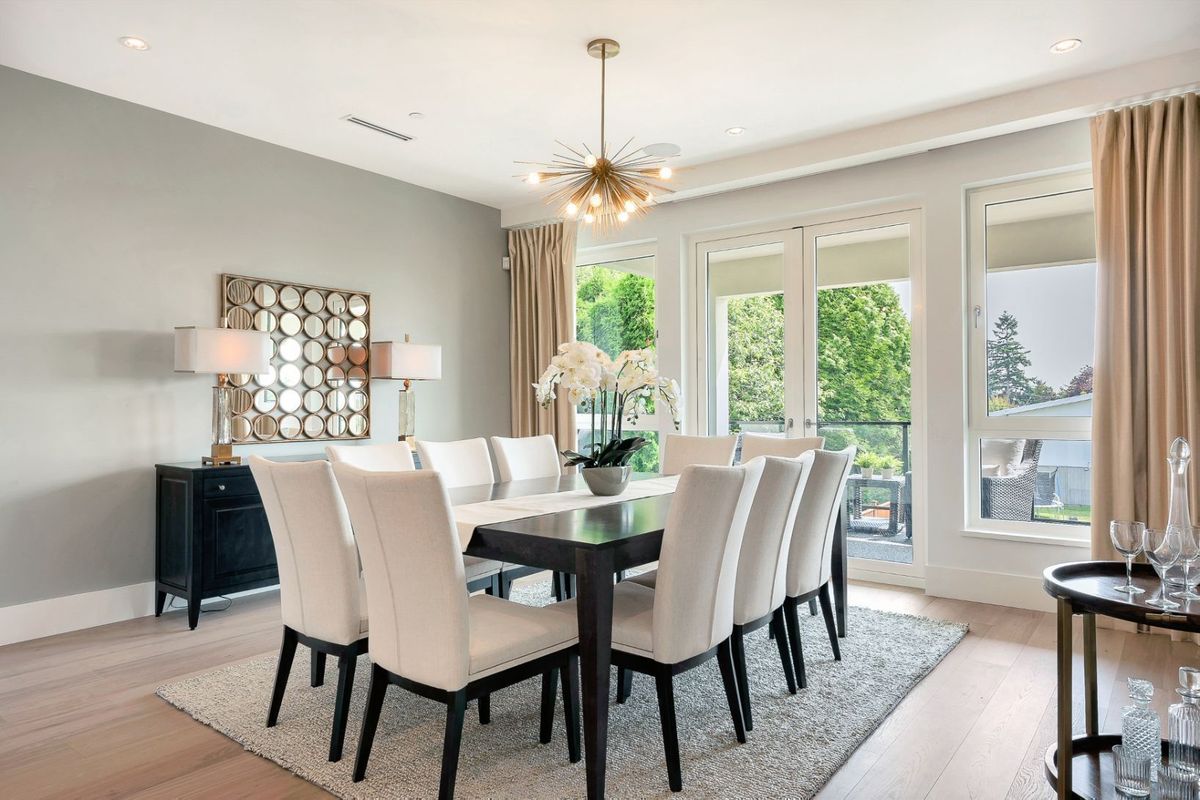

Living Room Furniture
What Color Should My Dining Table Be
Modified: January 17, 2024
Discover the perfect dining table color for your living room furniture and design. Find inspiration and tips for choosing the ideal dining table hue.
(Many of the links in this article redirect to a specific reviewed product. Your purchase of these products through affiliate links helps to generate commission for Storables.com, at no extra cost. Learn more)
Introduction
Choosing the perfect dining table for your living room is a crucial decision that can significantly impact the overall aesthetic and functionality of the space. Your dining table serves as the centerpiece of the room, where meals are shared, conversations flow, and memories are made. One of the key considerations in selecting the right dining table is its color. The color of the dining table can greatly influence the ambiance of the room and complement the existing decor. Let’s delve into the factors to consider when determining the ideal color for your dining table.
Key Takeaways:
- Choose a dining table color that matches your living room’s style and ambiance. Lighter colors create airiness, while darker hues add intimacy. Consider the room’s natural light and architectural features.
- Your dining table’s color should reflect your personal style and lifestyle. Traditional, modern, or eclectic, there’s a color to match. Opt for a versatile hue for future decor changes.
Consider the Room’s Aesthetic
When contemplating the color of your dining table, it’s essential to assess the existing aesthetic of your living room. Take into account the color scheme, furniture, and decor elements that define the room’s visual appeal. If your living room exudes a modern and minimalist vibe with a predominantly neutral color palette, a sleek dining table in shades of white, gray, or black can seamlessly integrate into the space, adding a touch of sophistication. On the other hand, if your living room boasts a warm and inviting ambiance with earthy tones and wooden accents, a dining table in natural wood finishes such as oak, walnut, or mahogany can complement the cozy atmosphere while infusing a sense of timeless elegance.
Consider the architectural features of the room as well. If your living room features abundant natural light and expansive windows, a lighter-toned dining table can enhance the sense of airiness and openness. Conversely, in a room with limited natural light, a darker-hued dining table can create a sense of intimacy and depth. Harmonizing the color of the dining table with the room’s aesthetic can create a cohesive and visually appealing environment that exudes harmony and style.
Think About the Table’s Material
When contemplating the color of your dining table, it’s imperative to consider the material from which it is crafted. Different materials lend themselves to specific color palettes and can evoke distinct moods within the living room.
If you opt for a wooden dining table, the natural grain and texture of the wood can significantly influence the overall look and feel of the room. Lighter wood tones, such as ash or pine, can imbue the space with a sense of warmth and an organic, rustic charm. In contrast, darker wood finishes like cherry or espresso can exude a more formal and stately ambiance, making a striking statement in the living room.
For those drawn to a more contemporary aesthetic, glass or metal dining tables can be an excellent choice. Glass tables, whether clear or tinted, can create an illusion of spaciousness and modernity, reflecting light and adding a touch of elegance to the room. Similarly, metal tables in sleek finishes like stainless steel or brushed nickel can impart a chic and industrial flair to the living room, offering a stylish contrast to traditional decor elements.
The material of the dining table can also influence the ease of maintenance and durability. Consider your lifestyle and the level of upkeep you are willing to commit to when selecting the material and color of the table. By aligning the material and color of the dining table with your lifestyle and design preferences, you can ensure a harmonious and practical addition to your living room.
Consider the overall color scheme of your dining room. A neutral table (like white or natural wood) can easily match any decor, while a bold color can add a pop of personality.
Consider the Size of the Table
When determining the color of your dining table, it’s essential to factor in the size of the table and how it will fit within the dimensions of your living room. The size of the table can impact the visual balance of the space and influence the overall functionality of the room.
If your living room is spacious with ample floor area, a large dining table can serve as a striking focal point, anchoring the room and accommodating gatherings with ease. In this scenario, the color of the table can contribute to the room’s aesthetic in a significant way. A bold, dark-colored table can make a dramatic statement in a large room, while a lighter-colored table can impart an airy and expansive feel.
Conversely, in a more compact living room, a smaller dining table in a lighter hue can create the illusion of space and prevent the room from feeling crowded. Opting for a table with slender legs or a glass top can further enhance the sense of openness and fluidity in a smaller area, making it appear more spacious and uncluttered.
Consider the shape of the table as well. Round or oval tables can soften the angularity of a room and promote smoother traffic flow, making them ideal for smaller spaces. A round table in a light or neutral color can create a welcoming and convivial atmosphere, encouraging intimate conversations and shared meals. In contrast, a rectangular or square table in a darker hue can exude a sense of formality and structure, making it a fitting choice for larger, more traditional living rooms.
By carefully considering the size and shape of the dining table in relation to the living room, you can select a color that harmonizes with the room’s proportions and enhances its overall appeal.
Take into Account Your Personal Style
When contemplating the color of your dining table, it’s crucial to align your choice with your personal style and design preferences. Your dining table should not only complement the existing decor but also reflect your individual taste and lifestyle.
If you are drawn to a timeless and classic aesthetic, a dining table in rich, deep tones such as espresso or mahogany can exude a sense of traditional elegance, adding a touch of sophistication to the living room. Pairing a dark-colored table with upholstered chairs in luxurious fabrics can further enhance the refined ambiance, creating a space that evokes timeless charm and grace.
For those with a penchant for contemporary design, a dining table in sleek, minimalist shades such as white, gray, or black can embody a modern and cutting-edge sensibility. The clean lines and understated hues can harmonize with a range of modern decor elements, from avant-garde light fixtures to abstract artwork, creating a cohesive and visually compelling living room.
If you have a penchant for eclectic and bohemian styles, consider a dining table in a vibrant or unconventional color. A distressed, brightly painted table can inject a playful and artistic energy into the room, serving as a captivating focal point amidst an array of eclectic decor pieces and vibrant textiles. Embracing unconventional colors and finishes can infuse your living room with a sense of individuality and creative flair.
Moreover, consider the versatility of the chosen color in relation to potential decor changes in the future. Opting for a neutral or muted tone can offer flexibility, allowing you to experiment with different decor accents and color schemes over time without the need to replace the dining table. By aligning the color of the dining table with your personal style, you can create a living room that authentically reflects your aesthetic sensibilities and resonates with your unique personality.
Read more: How Tall Should My Dining Chairs Be?
Conclusion
Choosing the color of your dining table is a decision that intertwines aesthetic, functionality, and personal expression. By carefully considering the existing aesthetic of your living room, the material and size of the table, and your personal style, you can select a color that harmonizes with the space and encapsulates your individuality.
Whether you opt for a timeless wooden table in rich hues, a sleek and modern glass or metal table, or an unconventional and vibrant piece that reflects your creative spirit, the color of your dining table can profoundly impact the ambiance of your living room. It can serve as a unifying element that ties together the room’s design elements and sets the tone for convivial gatherings and cherished moments shared around the table.
Ultimately, the color of your dining table should resonate with your design sensibilities, lifestyle, and the ambiance you wish to cultivate in your living room. By infusing your personal touch into the selection process, you can transform your dining area into a captivating space that reflects your unique style and invites warmth and togetherness.
Remember, the color of your dining table is not just a visual choice; it’s a reflection of your personality and a cornerstone of the cherished memories that will unfold around it.
Frequently Asked Questions about What Color Should My Dining Table Be
Was this page helpful?
At Storables.com, we guarantee accurate and reliable information. Our content, validated by Expert Board Contributors, is crafted following stringent Editorial Policies. We're committed to providing you with well-researched, expert-backed insights for all your informational needs.
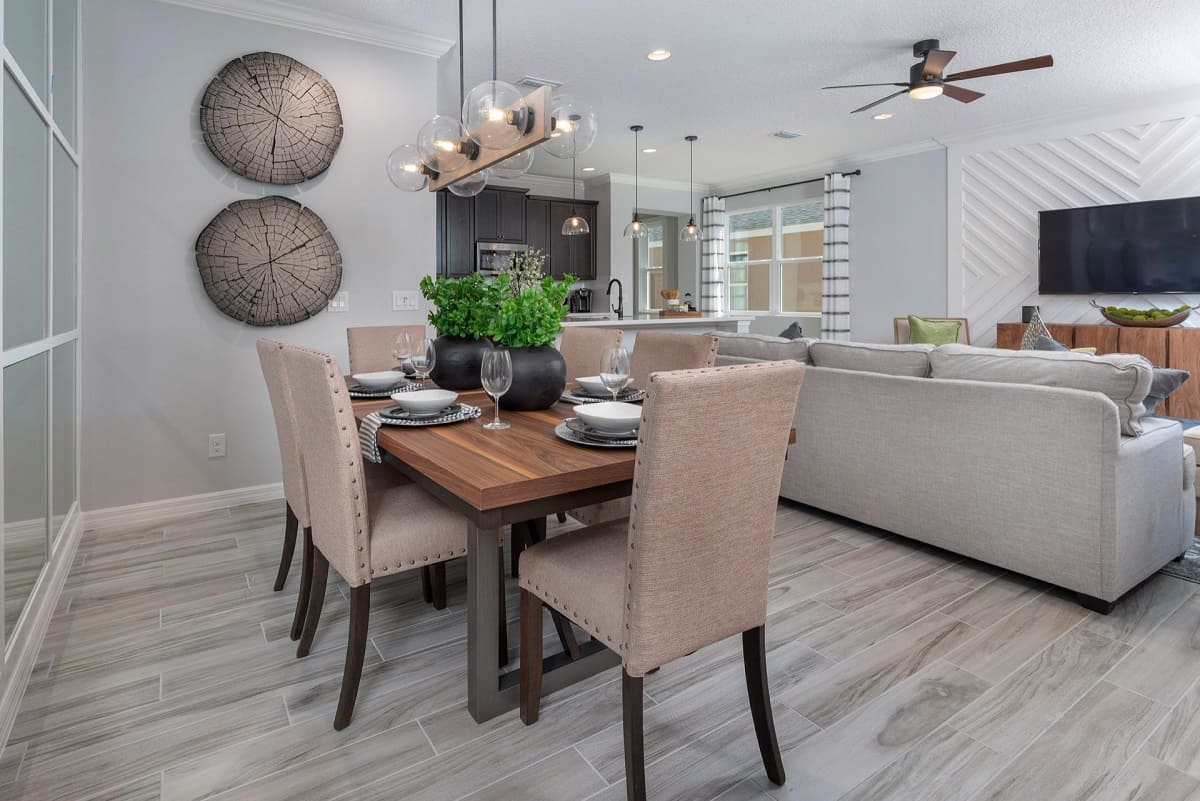
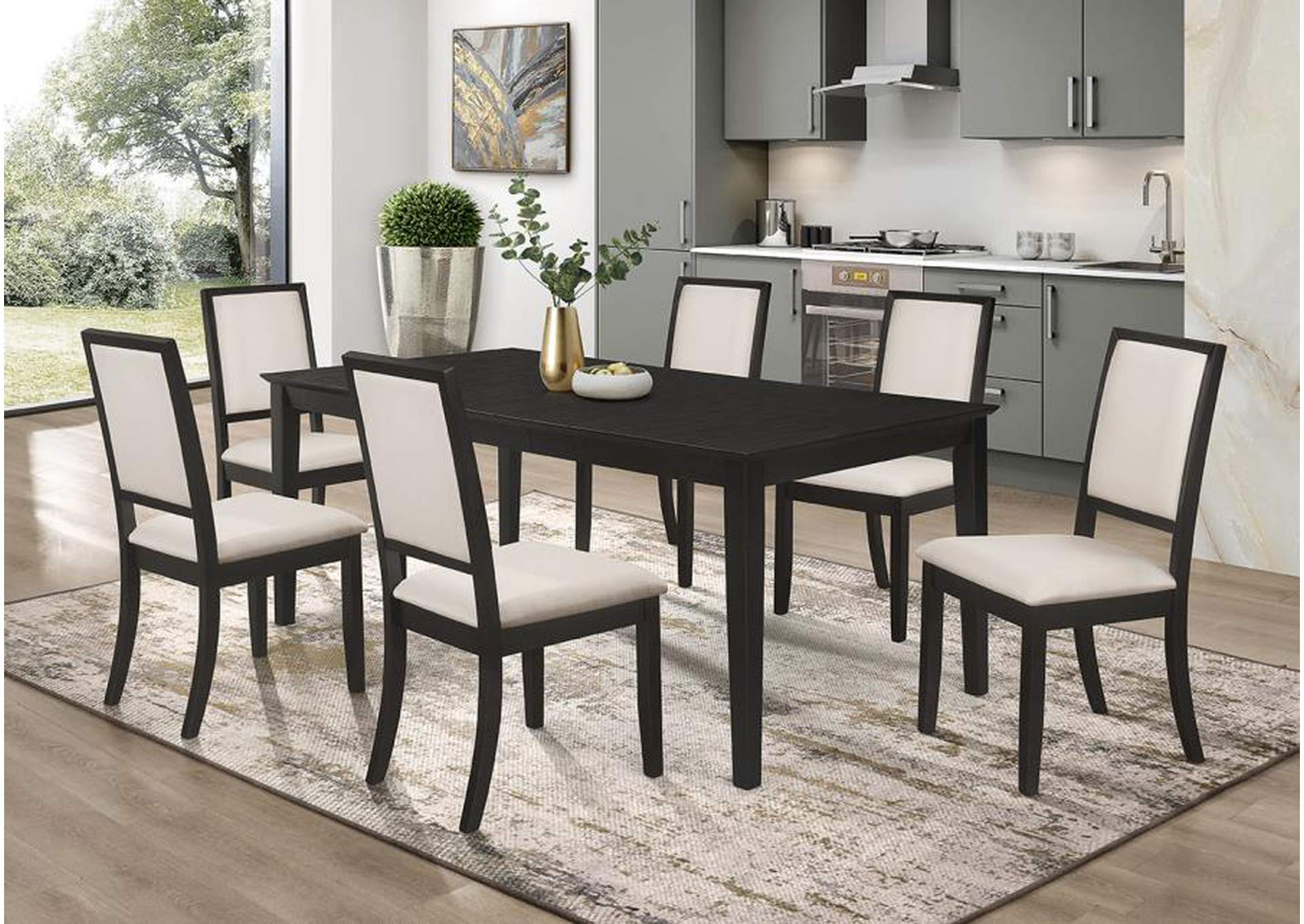
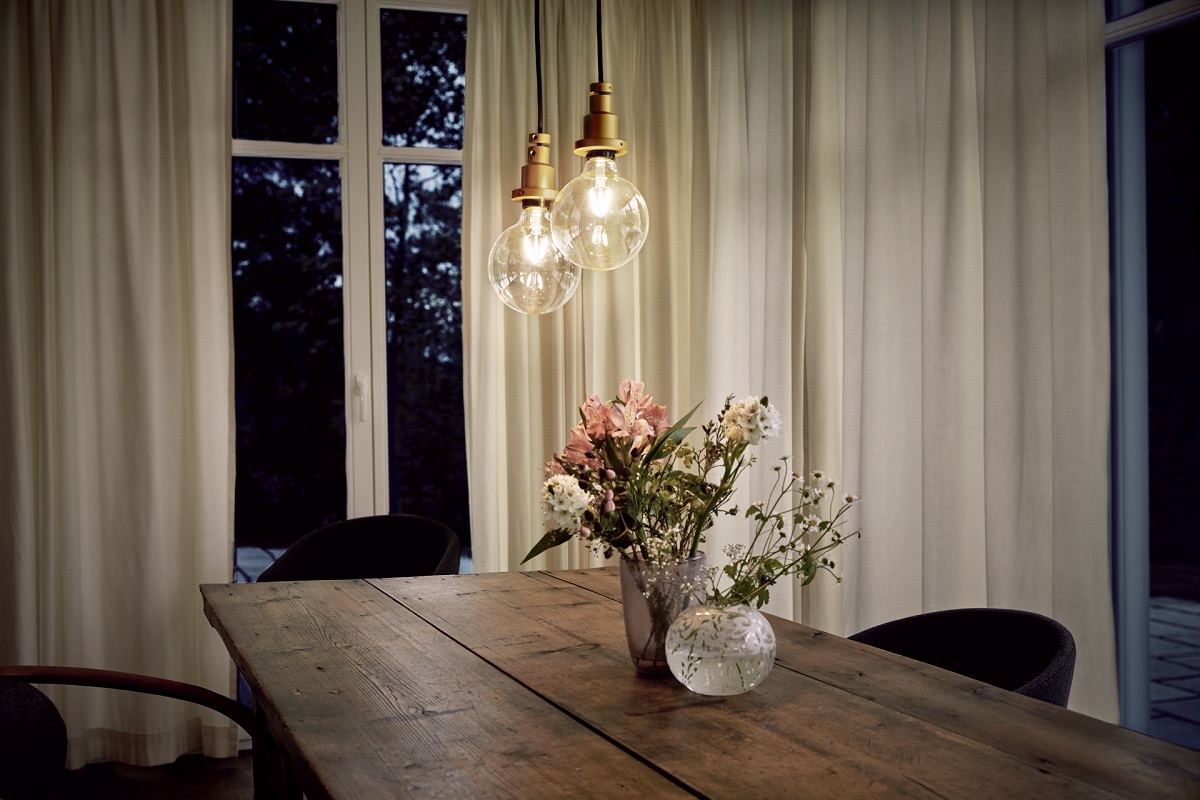
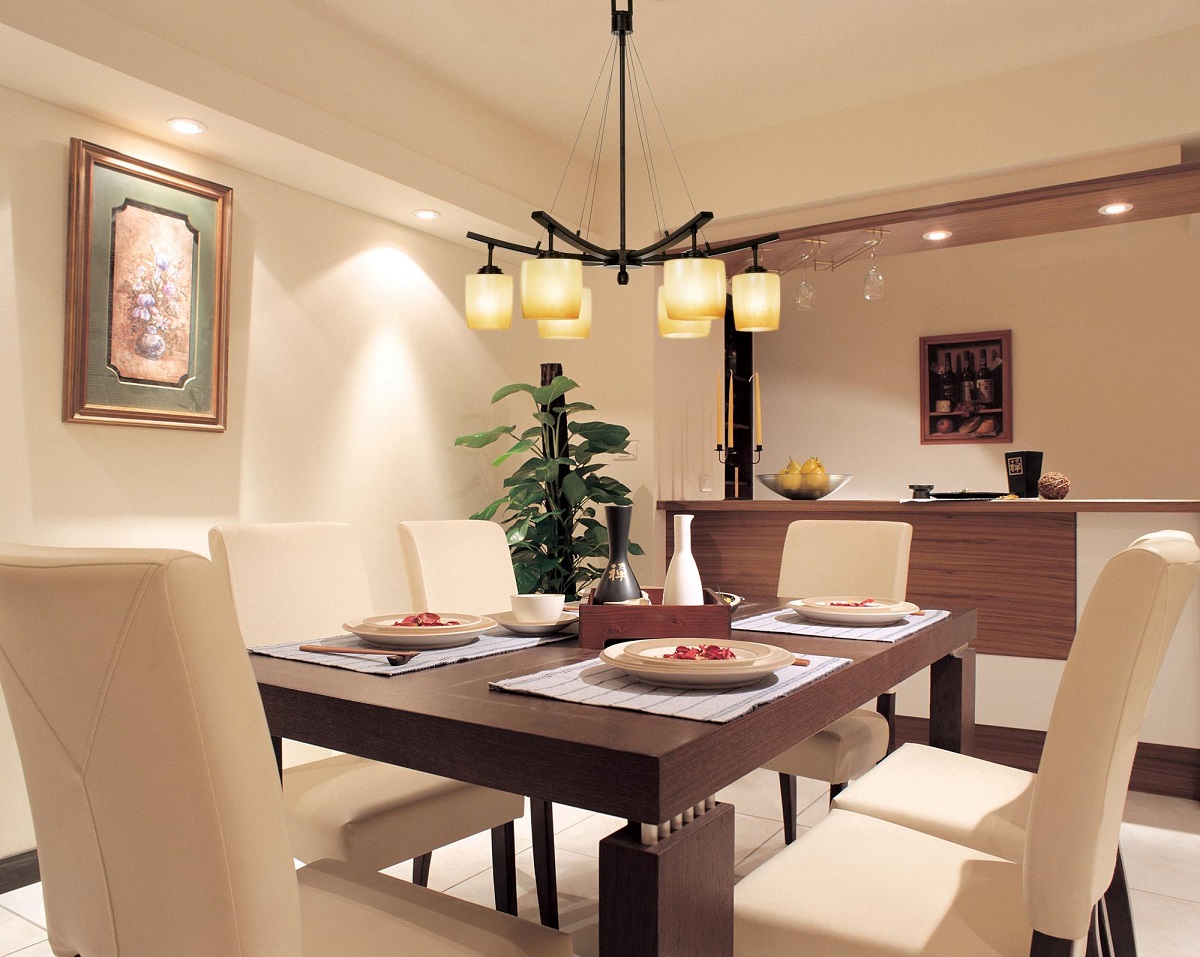
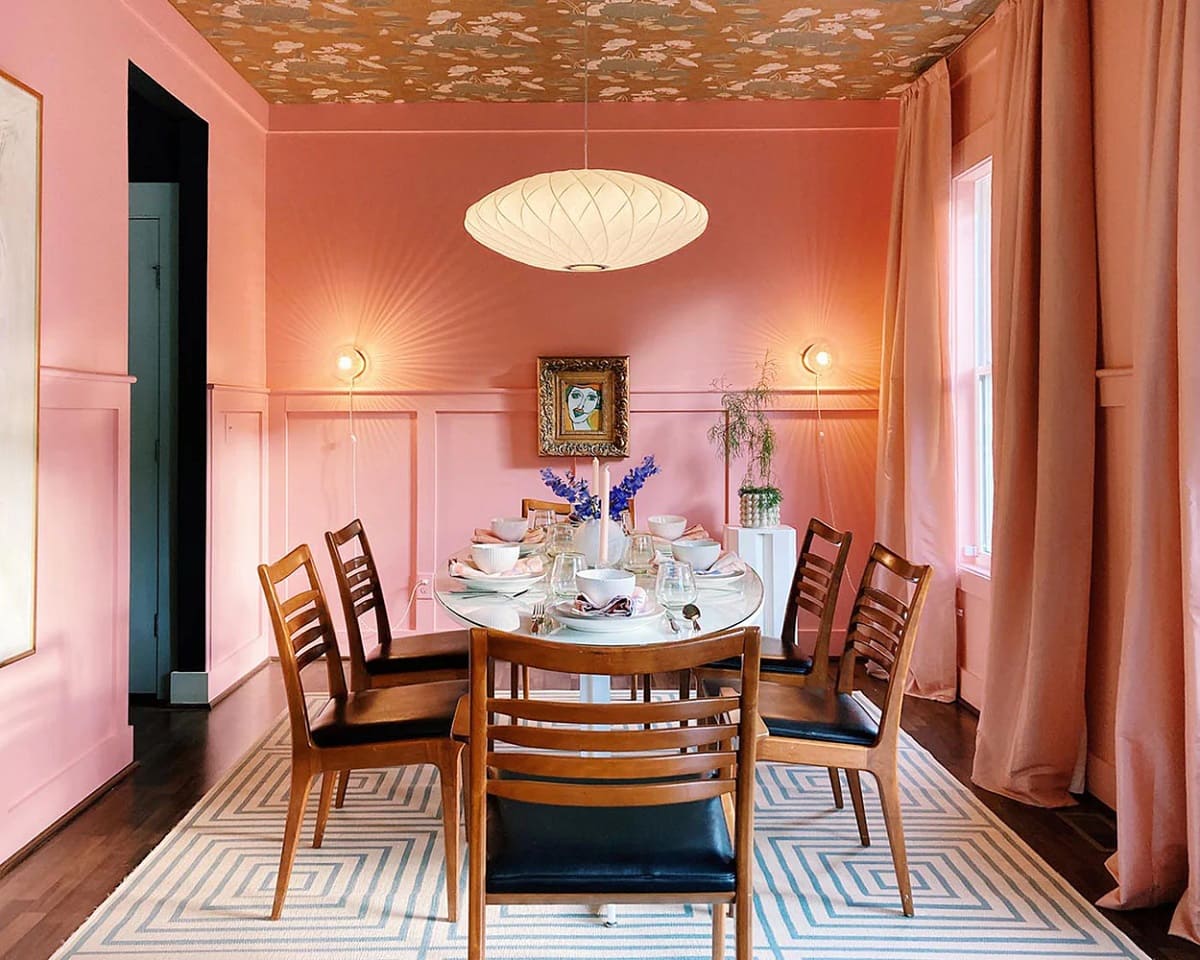
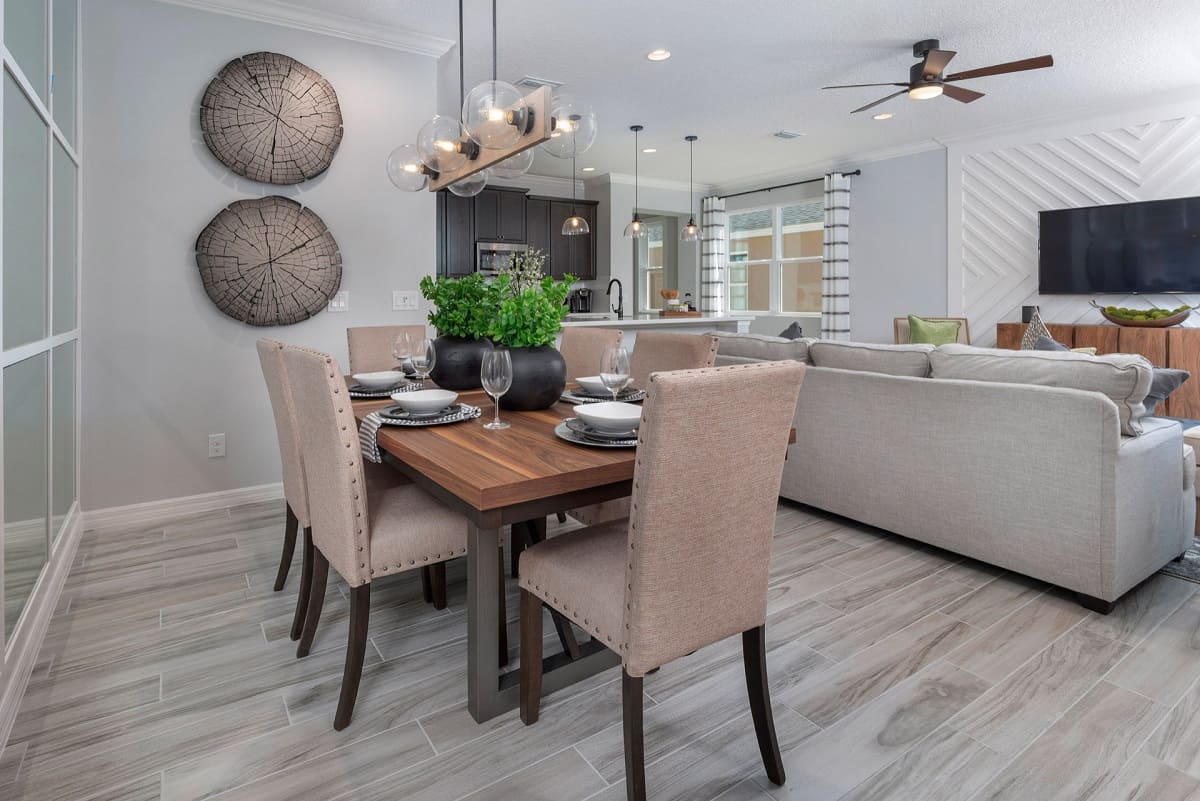
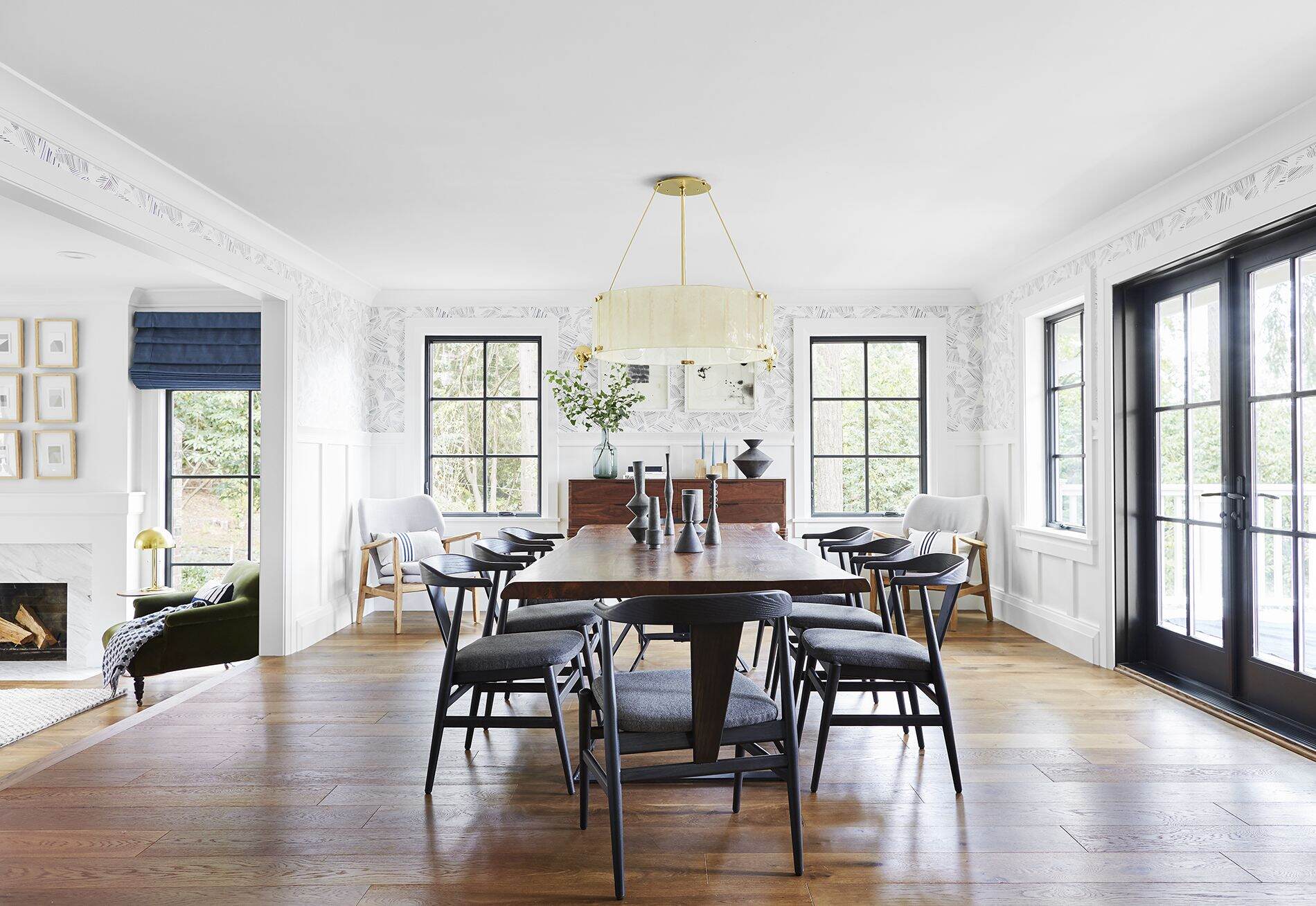
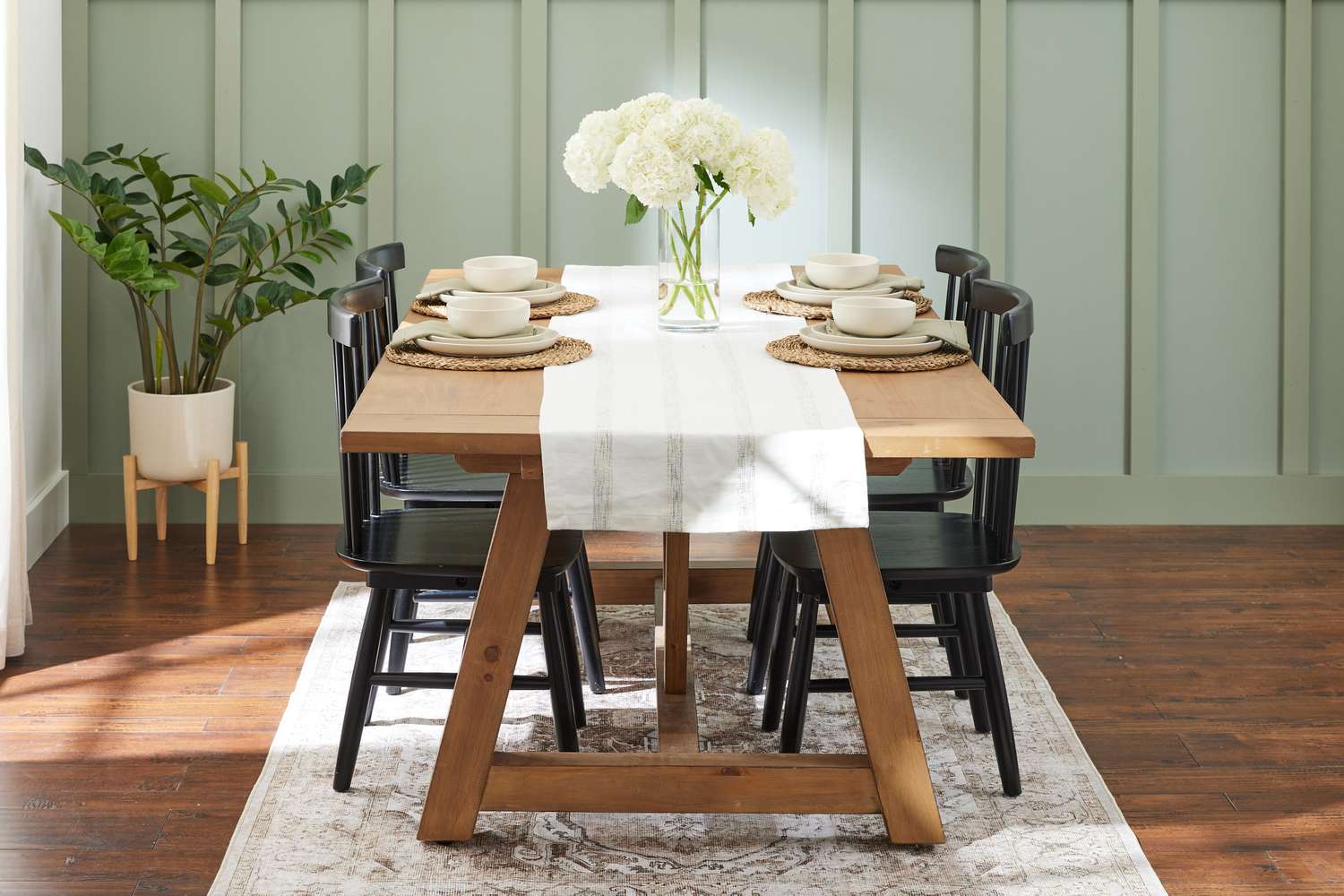
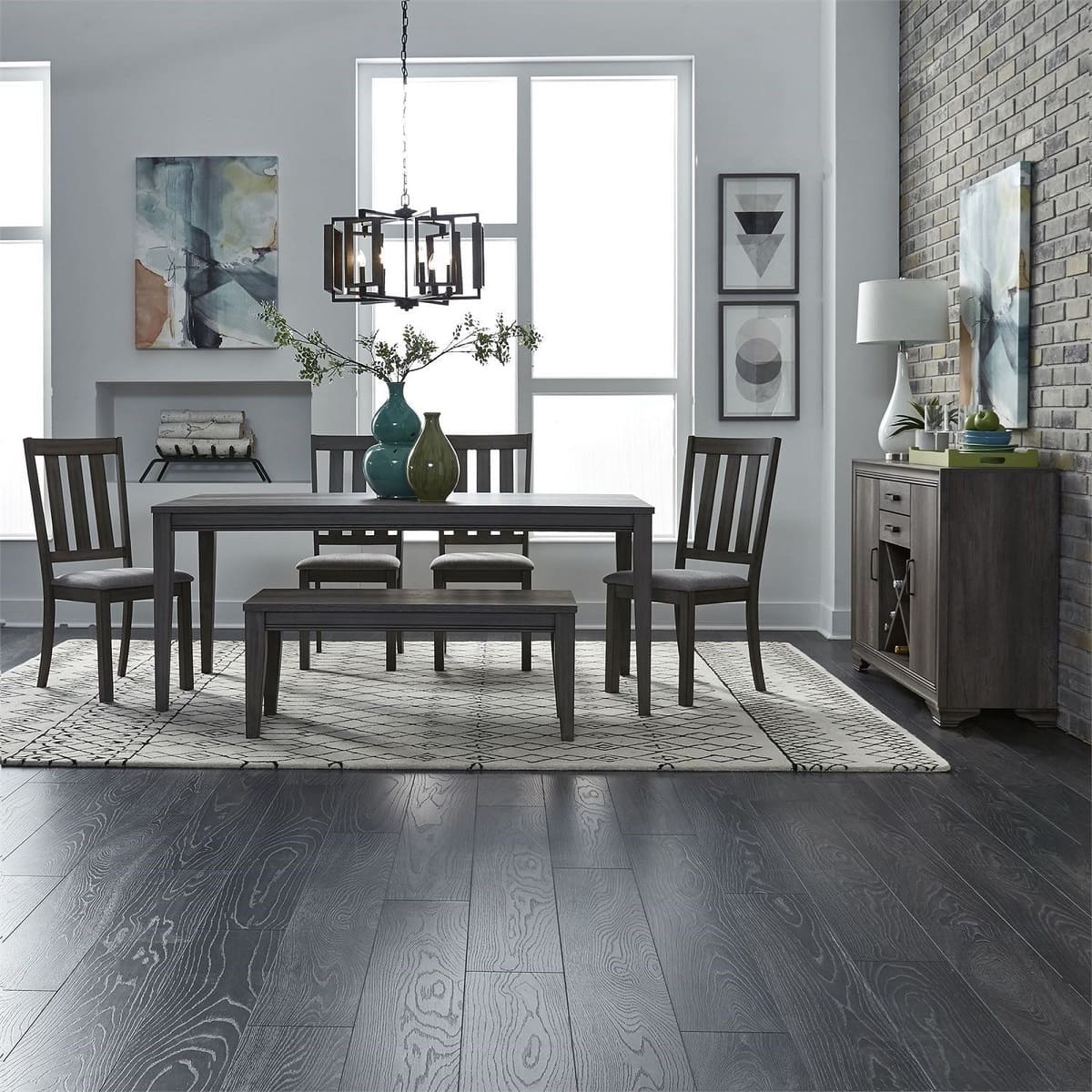
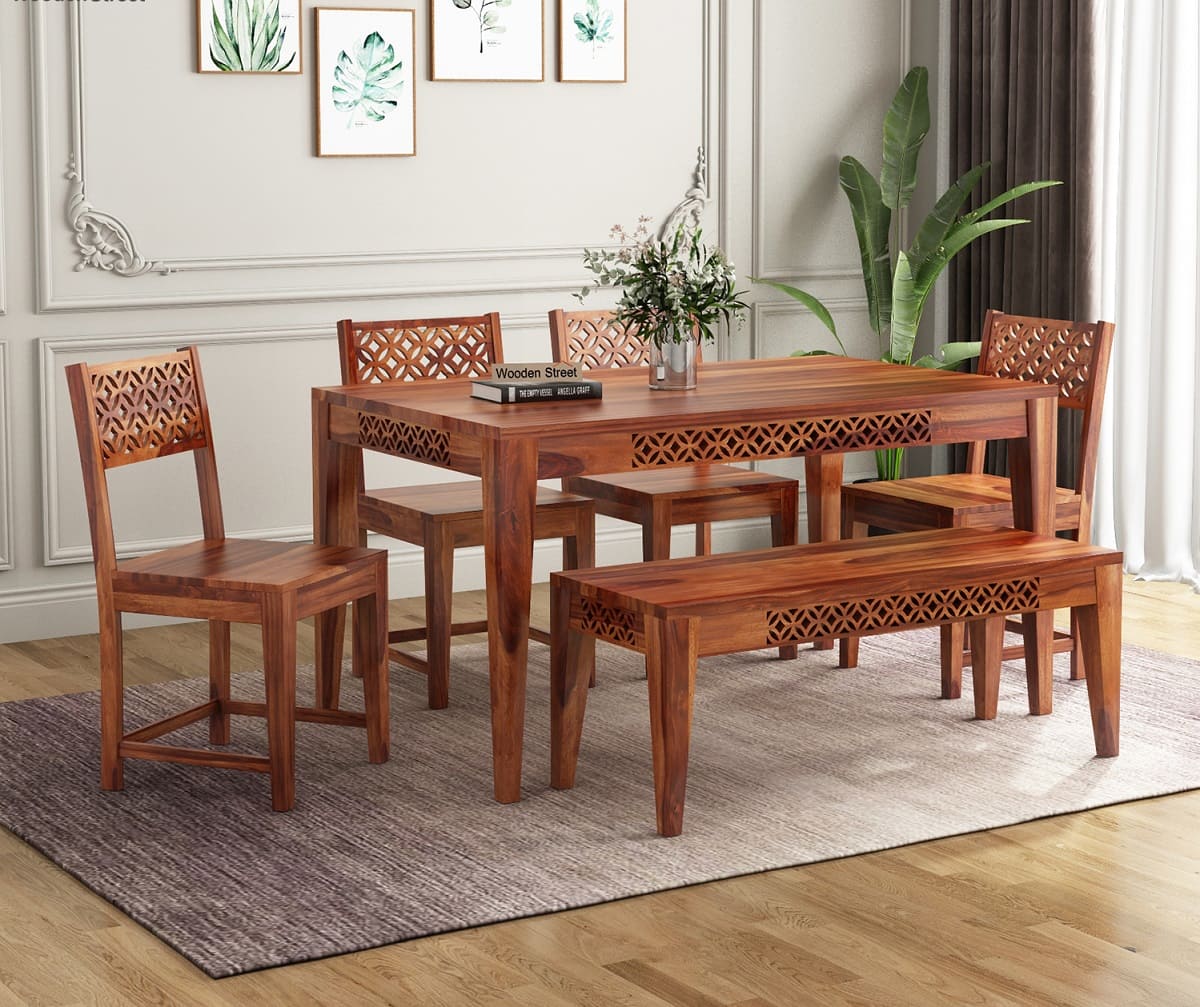
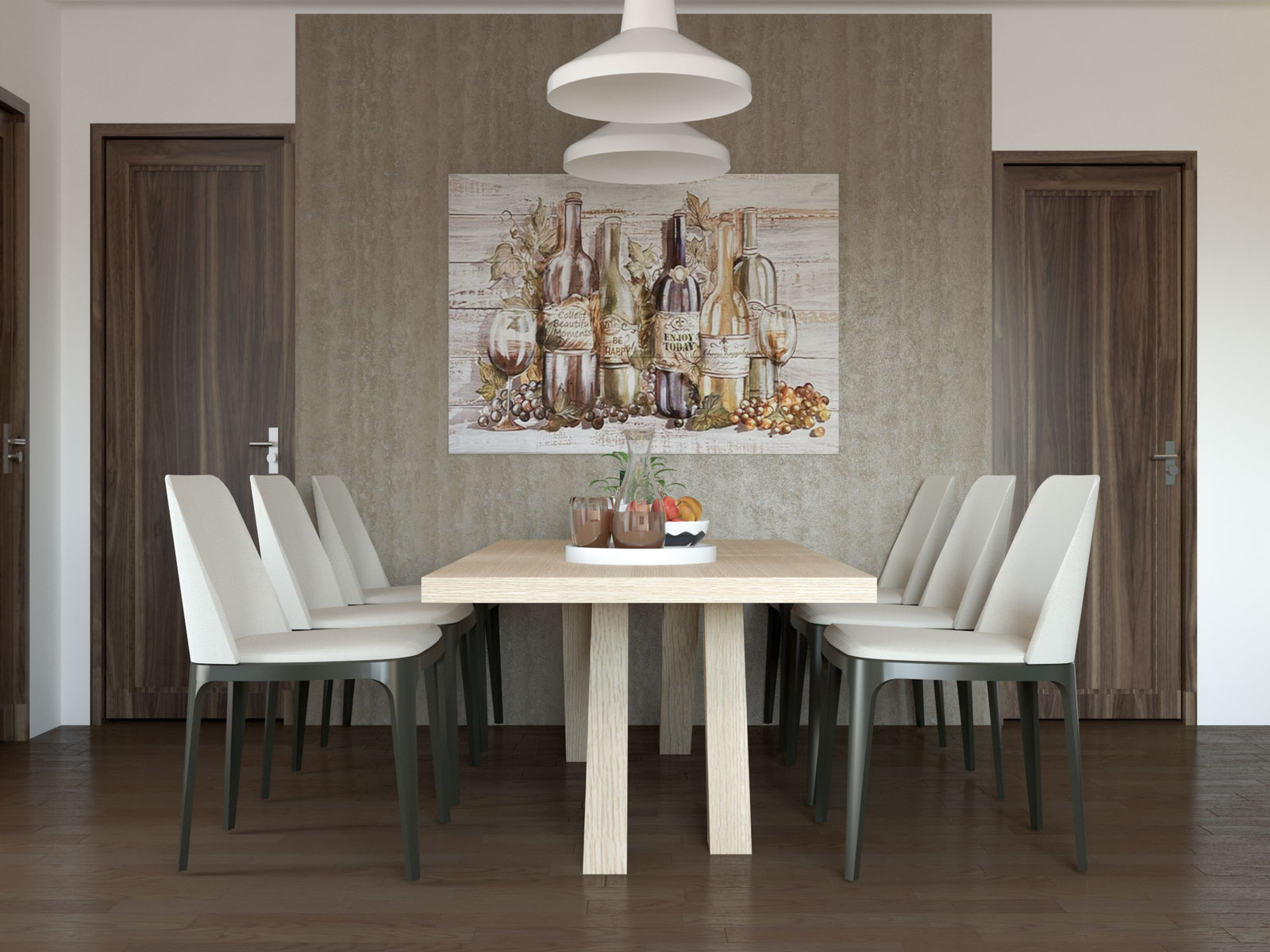
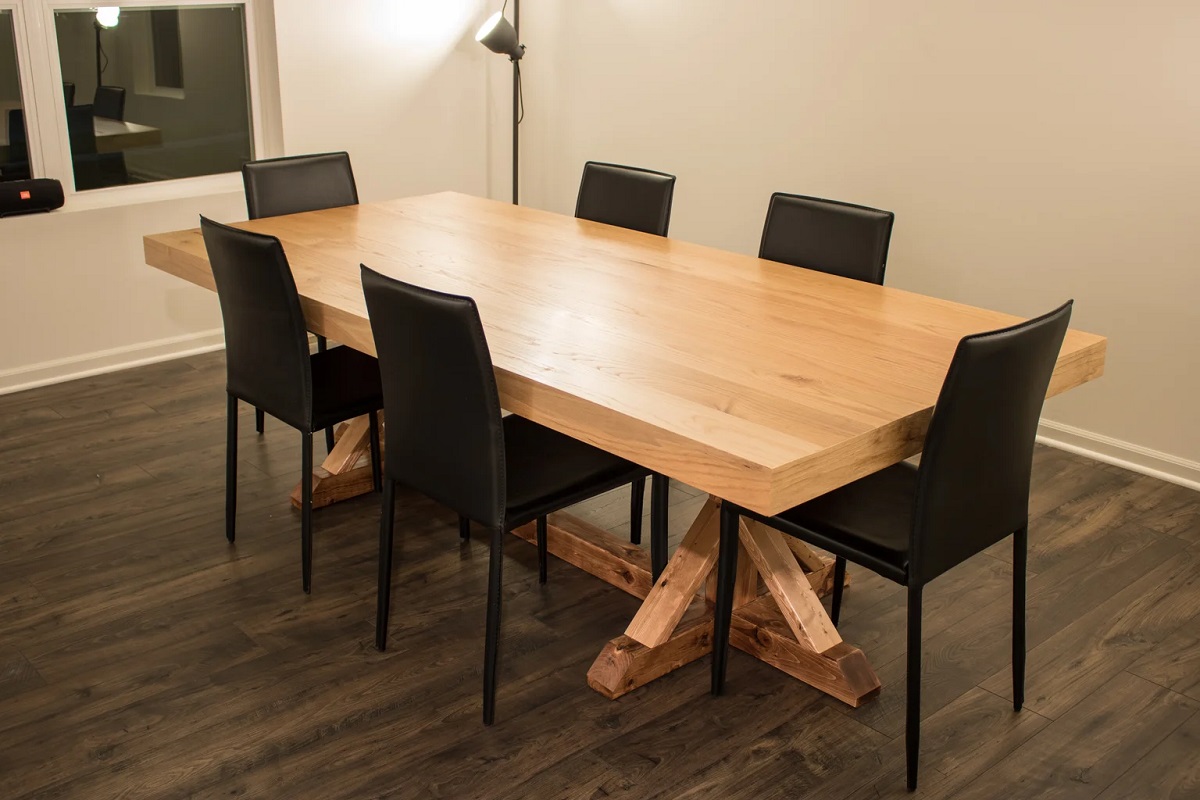
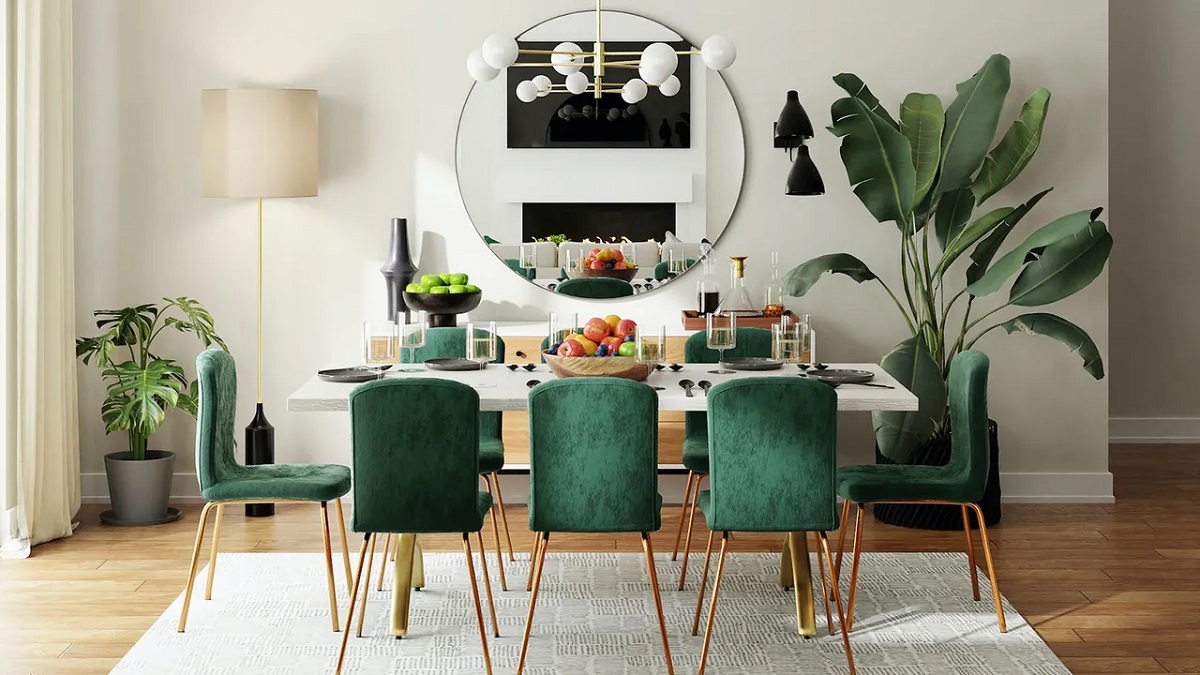
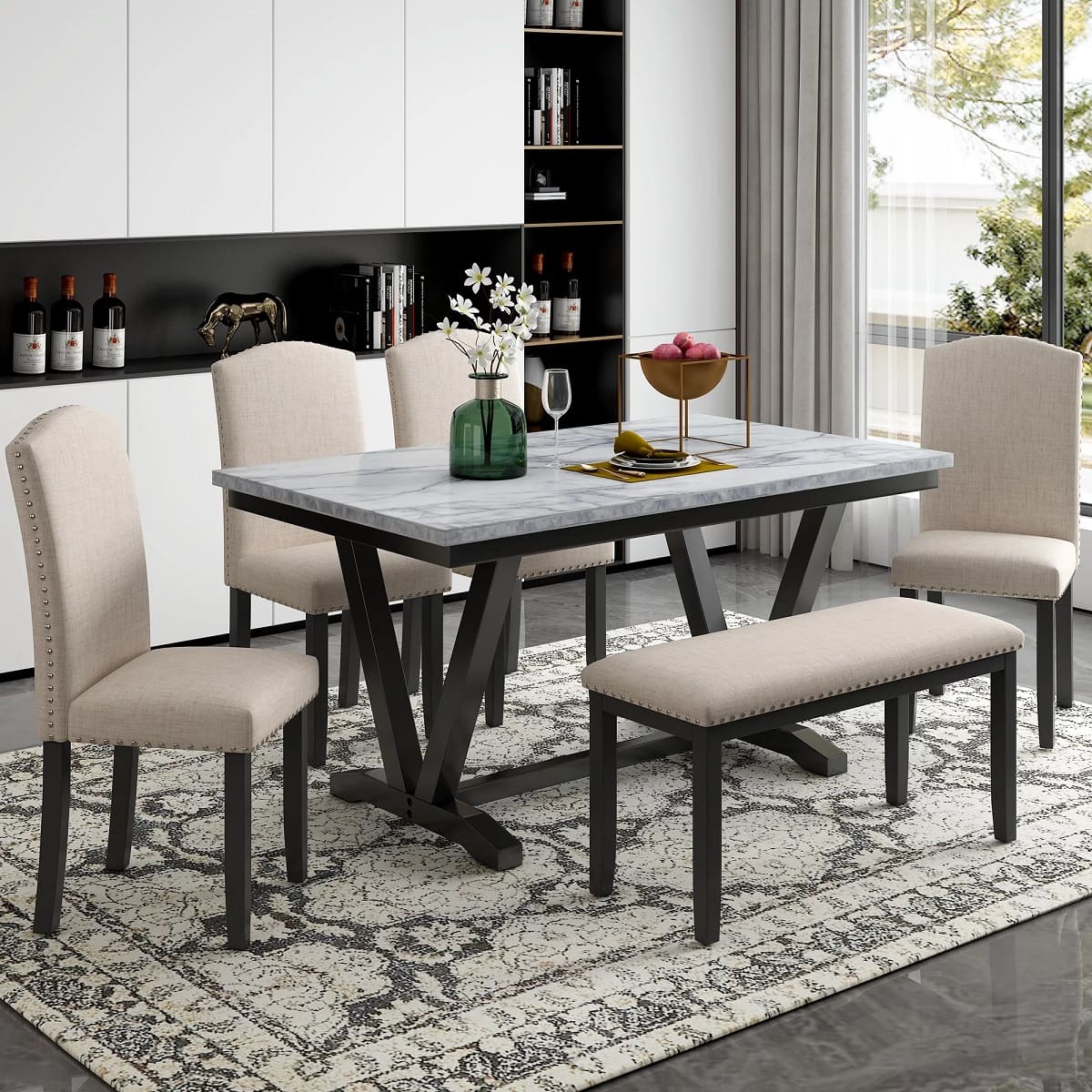

0 thoughts on “What Color Should My Dining Table Be”